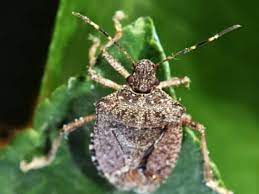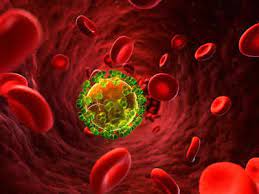In Odisha, a recent outbreak of scrub typhus has claimed lives, with more than 180 confirmed cases reported in Sundargarh district. Scrub typhus, also known as bush typhus, is a bacterial disease caused by Orientia tsutsugamushi and is transmitted to humans through the bites of infected chiggers, which are larval mites. Understanding the disease, its symptoms, diagnosis, treatment, and prevention measures is crucial in managing and combating this infectious threat.


What is Scrub Typhus?
Scrub typhus is a bacterial infection primarily found in rural areas of Southeast Asia, Indonesia, China, Japan, India, and northern Australia. It is transmitted to humans when they are bitten by chiggers infected with the Orientia tsutsugamushi bacteria. These mites are commonly found in grassy and bushy environments.
Symptoms
Scrub typhus exhibits a range of uncomfortable symptoms, typically appearing within ten days of a chigger bite. Common indicators include:
- High fever accompanied by chills
- Throbbing headaches
- Widespread body aches
- A distinctive dark, scab-like mark (eschar) at the site of the chigger bite
- Mental changes, from confusion to severe cases of coma
- Enlarged lymph nodes and a rash
- In severe instances, organ failure and bleeding complications
Untreated, these symptoms can lead to life-threatening risks.
Diagnosis
Diagnosing scrub typhus can be challenging due to symptom overlap with other diseases. If you experience these symptoms after being in areas where scrub typhus is prevalent, seek medical attention promptly. Inform your medical provider about recent travel history. Blood tests may be ordered to confirm the diagnosis, but treatment often begins urgently even before test results are available.
Treatment
The primary treatment for scrub typhus is the antibiotic doxycycline, effective for individuals of all ages. Timely administration of antibiotics is crucial for a swift recovery. Early treatment with doxycycline generally yields positive outcomes.
Prevention
Preventing scrub typhus revolves around minimizing contact with infected chiggers. While no vaccine is currently available, individuals can reduce their risk by:
- Avoiding areas densely populated with plants, trees, or bushes where chiggers are commonly found.
- Applying EPA-registered insect repellents containing DEET or recommended active ingredients to exposed skin and clothing.
- Ensuring repellent is not applied directly to skin beneath clothing.
- Dressing in protective clothing, using mosquito netting as needed, and applying repellent for children.
- Treating clothing and gear with 0.5% permethrin or purchasing pre-treated items, as permethrin effectively kills chiggers and retains its efficacy even after multiple washes. Note that permethrin products are meant for treating clothing and gear, not for direct skin application.
These precautions significantly reduce the risk of scrub typhus infection in areas prone to the disease.